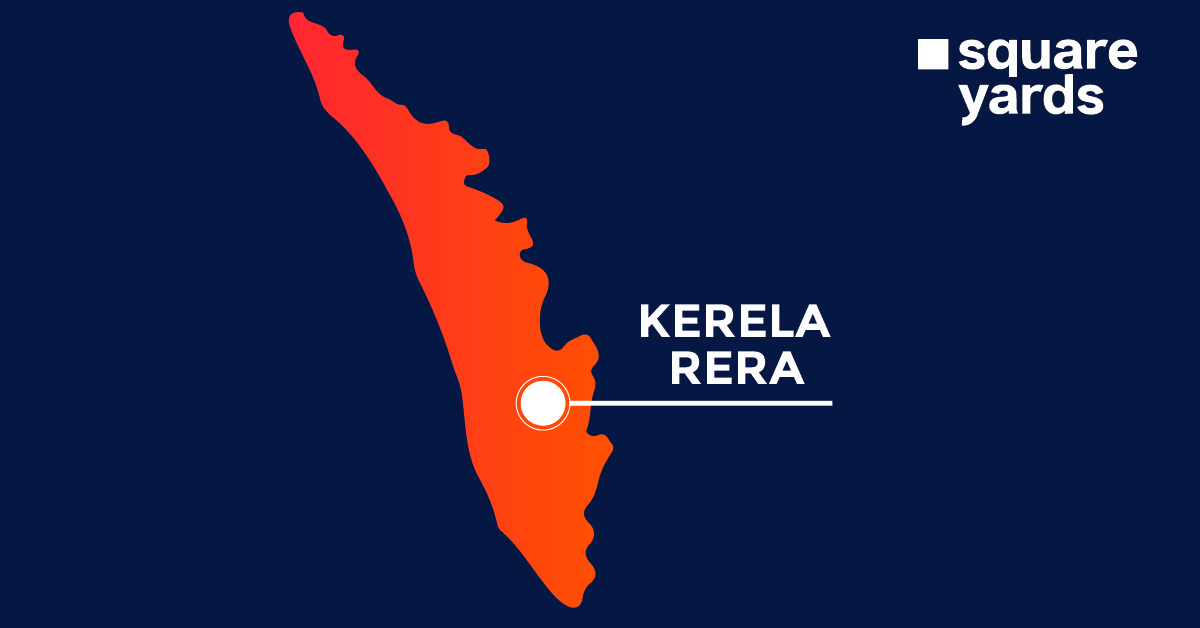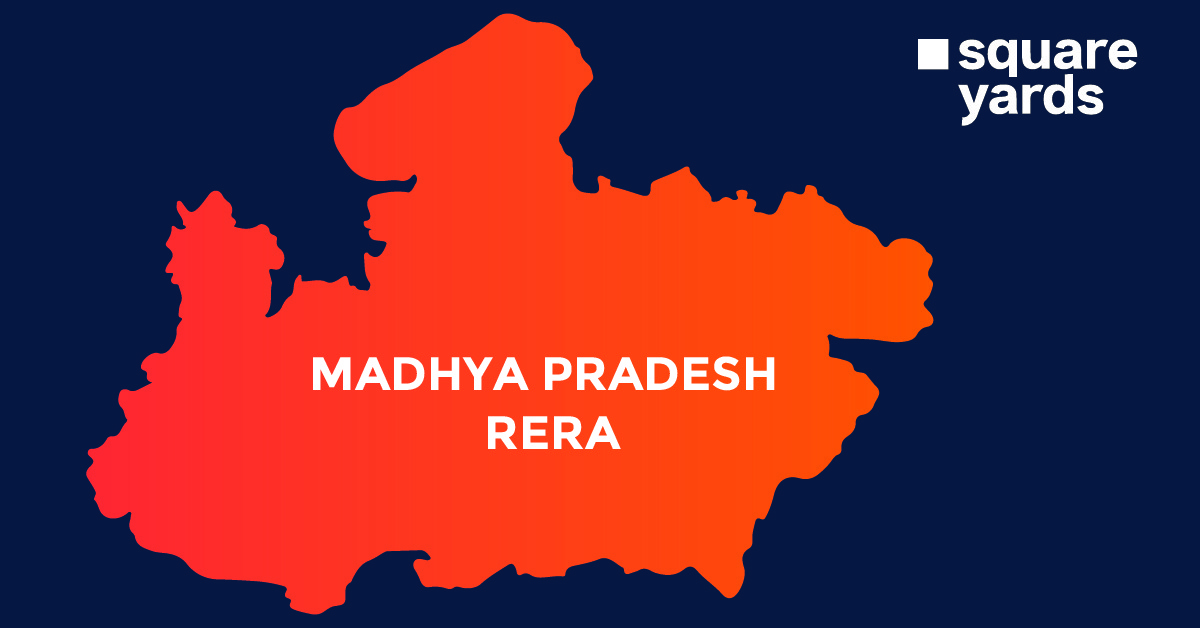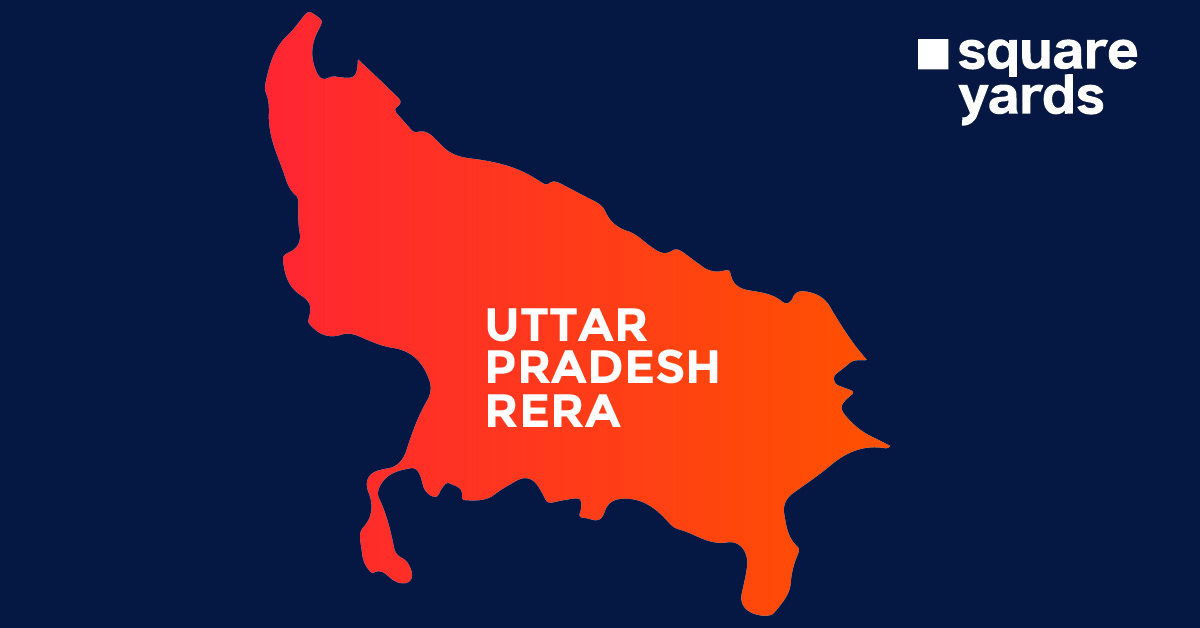Utilising tools for converting lengths can greatly ease tasks such as home improvement projects, purchasing materials like fabric, or estimating distances in day-to-day activities. Whether you’re a homeowner, a contractor, or a consumer, mastering the conversion from millimetres (mm) to metres (m) enables you to make well-informed choices and effectively control your expenditures.
It’s essential to comprehend the connection between millimetres and metres. Millimetres are small units of length, whereas metres are significantly larger. Converting between these two units is crucial for maintaining precision and efficiency across various domains.
Therefore, whenever you come across measurements in millimetres or metres, remember this straightforward relationship—it could be a real-time and money saver.
What is a Millimeter?
A millimetre, often abbreviated as “mm,” is a unit of length in the metric system. It’s one-thousandth of a metre, the basic unit of length in the metric system. To give you an idea, imagine slicing a metre into a thousand equal parts, each one millimetre long. Millimetres are commonly used for measuring small distances, such as the thickness of a sheet of paper or the diametre of a small object.
History of Millimetres
The concept of millimetres dates back to the late 18th century when the metric system was first developed. It was established to provide a standardised system of measurement that was easy to use and understand. Over time, the metric system gained popularity worldwide due to its simplicity and accuracy. Today, millimetres are widely used in fields such as engineering, construction, and manufacturing, where precise measurements are essential.
Examples of Millimeters
Here are a few examples of objects that are about 1 mm in length:
- A peanut
- A sharp point of pencil
- A lemon
What is a Meter?
A metre is a unit of length in the metric system used to measure distance. In simple terms, it tells us how long something is. For example, when you measure the length of a room, you might use metres.
History of Metres
The metre has an interesting history. It was first introduced during the French Revolution in the late 18th century. The French Academy of Sciences proposed a new unit of length based on a fraction of the Earth’s circumference. This became the metre, originally defined as one ten-millionth of the distance from the North Pole to the Equator along a meridian passing through Paris.
Examples of Meters
Here are a few examples of objects that can be measured in about 1 m of the length:
- The length of a guitar
- Width of a doorway
- A window
- A television screen
How to Convert Millimeters to Meters- Millimetres to Metres Formula
If you have a piece of wood that measures 1500 millimetres in length. To convert this measurement to metres, you simply divide the length in millimetres by 1000 because there are 1000 millimetres in a metre.
So, 1500 millimetres ÷ 1000 = 1.5 metres
Therefore, the length of the wood is 1.5 metres.
Example of mm to m conversion-
You want to convert 10 millimetres to metres. To get the answer, you will divide 10 by 1000.
10 ÷ 1000 = 0.1 metre
It is simple. You just have to register the millimetres to metres formula in your head and that is-
Millimetres ÷ 1000 = Metre
Millimetres into Meters Conversion Table
To make your head ache less and the job get done fast, you can have a quick round through this conversion table entailing mm to m transformation.
| Millimeters (mm) | Meters (m) |
| 0.01 millimetre is equal to | 0.00001 metre |
| 0.1 millimetre is equal to | 0.0001 metre |
| 1 millimetre is equal to | 0.001 metre |
| 2 millimetres is equal to | 0.002 metre |
| 3 millimetres is equal to | 0.003 metre |
| 4 millimetres is equal to | 0.004 metre |
| 5 millimetres is equal to | 0.005 metre |
| 6 millimetres is equal to | 0.006 metre |
| 7 millimetres is equal to | 0.007 metre |
| 8 millimetres is equal to | 0.008 metre |
| 9 millimetres is equal to | 0.009 metre |
| 10 millimetres is equal to | 0.01 metre |
| 20 millimetres is equal to | 0.02 metre |
| 30 millimetres is equal to | 0.03 metre |
| 40 millimetres is equal to | 0.04 metre |
| 50 millimetres is equal to | 0.05 metre |
| 60 millimetres is equal to | 0.06 metre |
| 70 millimetres is equal to | 0.07 metre |
| 80 millimetres is equal to | 0.08 metre |
| 90 millimetres is equal to | 0.09 metre |
| 100 millimetres is equal to | 0.1 metre |
| 200 millimetres is equal to | 0.2 metre |
| 300 millimetres is equal to | 0.3 metre |
| 400 millimetres is equal to | 0.4 metre |
| 500 millimetres is equal to | 0.5 metre |
| 600 millimetres is equal to | 0.6 metre |
| 700 millimetres is equal to | 0.7 metre |
| 800 millimetres is equal to | 0.8 metre |
| 900 millimetres is equal to | 0.9 metre |
| 1000 millimetres is equal to | 1 m |
Don’t miss it!
Difference between Millimeter and Meter
Now that you are familiar with the relationship between the millimetre and metre and have figured out how to convert mm to m, let’s find out how these units differ. Until now, you might have known that a millimetre is quite a small unit compared to a metre. But that’s not all! They are distinct at various levels, as described in the table:
| Basis of Comparison | Millimeters | Meters |
| Symbol | mm | m |
| Definition | A millimeter (mm) is a length measurement unit that is widely used within the aegis of the SI or International System of Units. | Meter is one of the most popularly used units across the world. It is an SI unit for the measurement of the length. In Physics, it is defined as the path traversed by the light in a vacuum within a set time interval of 1/299,792,458 seconds. |
| Formula | 1 mm = 0.001 m | 1 m = 1000 mm |
| Size | A Millimeter is a thousand times smaller than a Centimeter. | One meter is a thousand times bigger than a millimeter. |
| Origin | The Millimeter is derived from the French ‘Millimeter’ and is a combination of two words ‘milli’ and ‘Meter’. It is one-thousandth part of a meter. | The word meter is derived from the Greek word metron, meaning “a measure.” |
| Applicability | Used as a prefix to the SI base unit of length, meter. | It’s the SI unit of length. |
| Use | The unit is mainly used to measure objects with smaller diameters. | It is used worldwide for the measurement of length. Moreover, the unit is also used to measure the distances in races like swimming, running, etc. |
What is a Square Millimetre
A square millimetre is a measurement of a square that features each of its sides in one millimetre. It is abbreviated as mm2.
What is Cubic Millimeter
A cubic millimetre is defined as a metric measurement of capacity or volume that is equal to a cube 1 millimetre on every edge.
Frequently Asked Questions (FAQ)
How do you convert mm into m?
You have to get the length divide by the conversion ratio in order to convert millimetres into metres. For instance- if you would like to convert 2,000 millimetres to metres then you need to divide 2,000 by 1,000 and you will get 1 metre.
How many millilitres are in a metre?
There are one thousand millimetres in one metre.
Is 1000mm 1m?
Yes. One metre converts to one thousand millimetres.
What is 1 meter in millimetres?
One metre equals one thousand millimetres.
How to calculate millimetres to meters?
Since one metre is equal to one thousand millimetres, you need to divide the length by 1,000 to know mm in m.
What is the formula for converting millimetres to meters?
There are one thousand millimetres in one metre. You will have to divide the number of millimetres by one thousand in order to get the count in metres. Simply put, the millimetres to meters conversion formula is- Metre = Millimetre ÷ 1,000
































